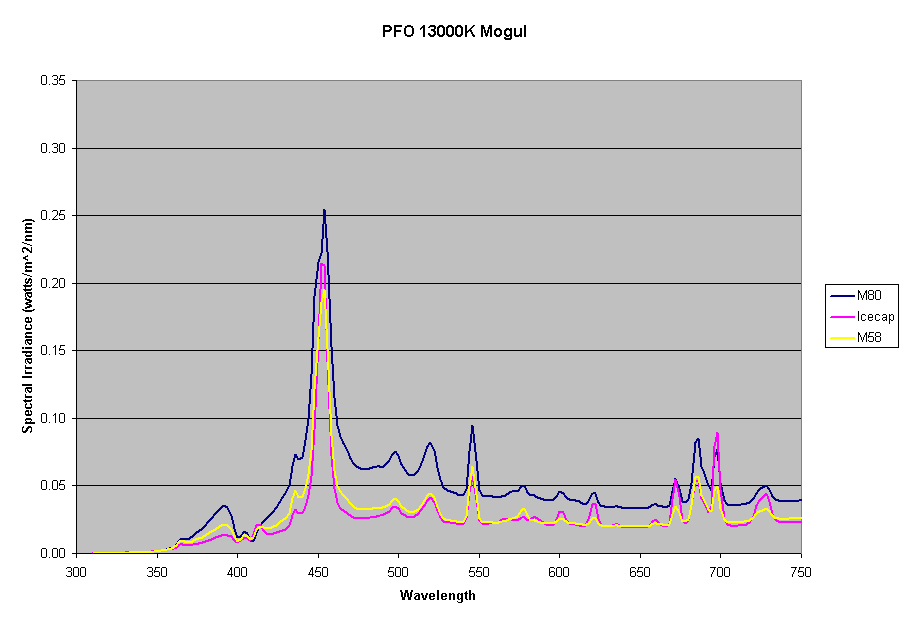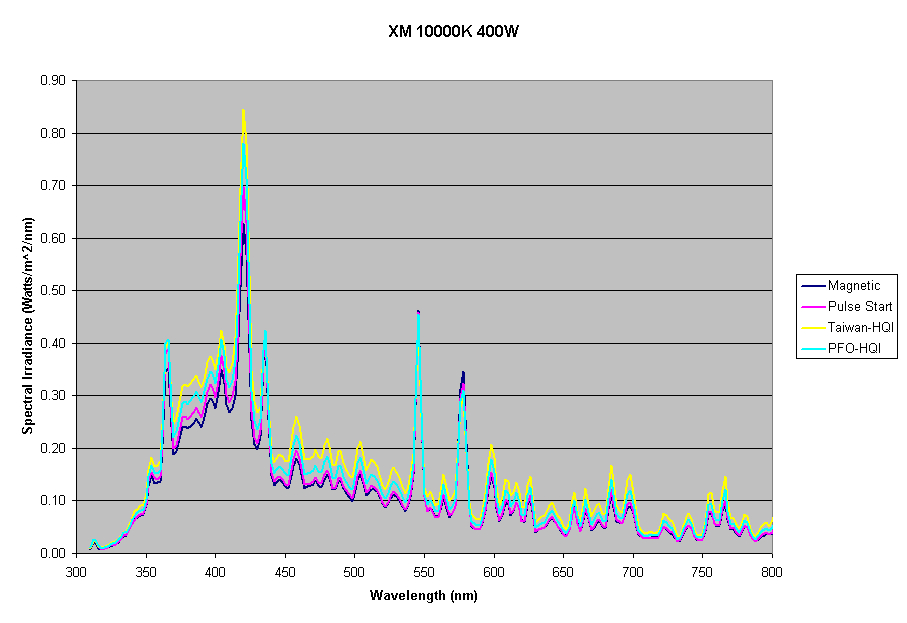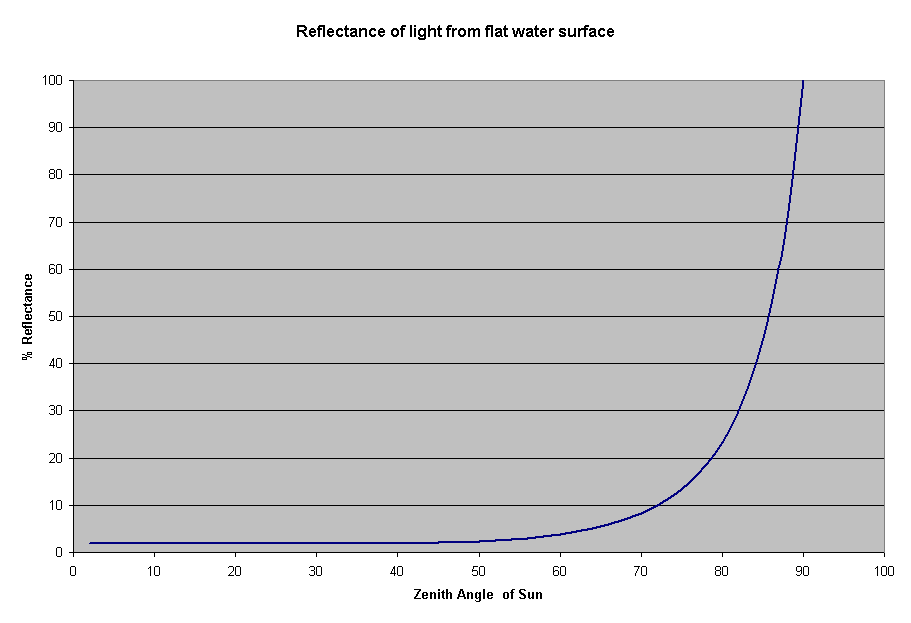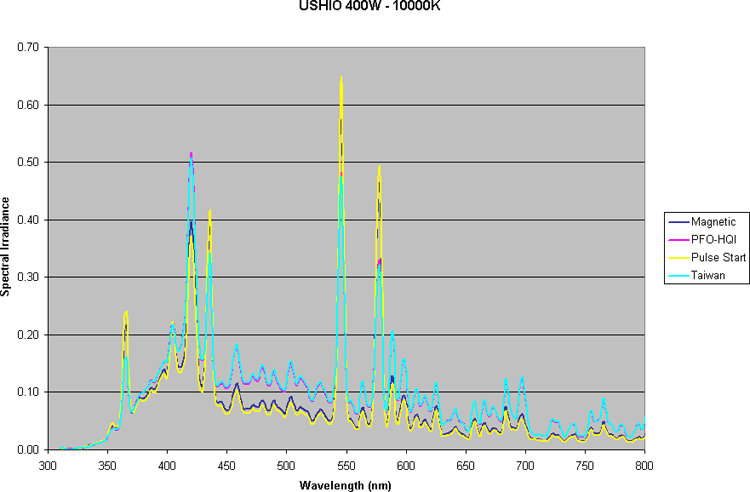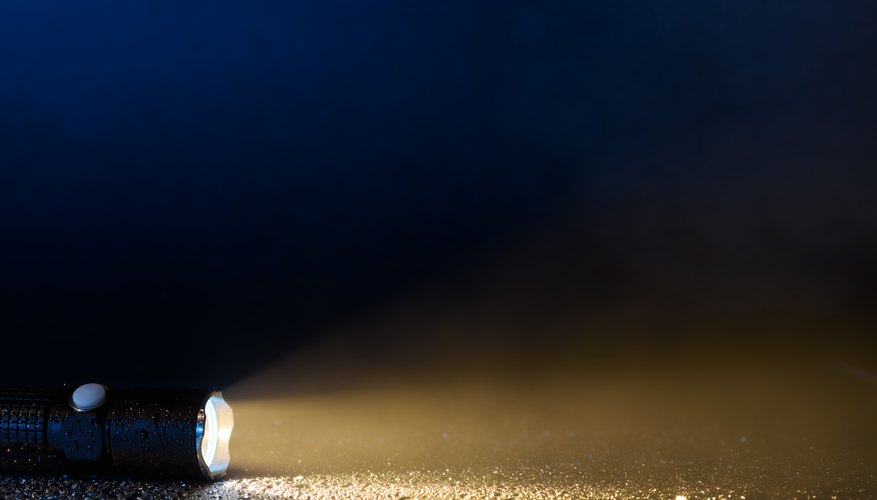Hello , yesterday I installed my new hybrid lightning :
2 × 400w MH , with Lumatek dimmable electronic ballast (2 units) + 6 T5 bulbs (24w).
I have 2 types of bulbs : radium 400w , hamilton 400w 14,000k.
I turn on the Radium's , they should be deep blue , that is what the manufacture said...but they actually crisp white with little blue.
I don't know what color will be with the 14k.
I Also checked par levels , and the results little be weird: 350 par at the top of the rocks.
Maybe the par is decreased because that is the Radium bulb ?
2 × 400w MH , with Lumatek dimmable electronic ballast (2 units) + 6 T5 bulbs (24w).
I have 2 types of bulbs : radium 400w , hamilton 400w 14,000k.
I turn on the Radium's , they should be deep blue , that is what the manufacture said...but they actually crisp white with little blue.
I don't know what color will be with the 14k.
I Also checked par levels , and the results little be weird: 350 par at the top of the rocks.
Maybe the par is decreased because that is the Radium bulb ?








